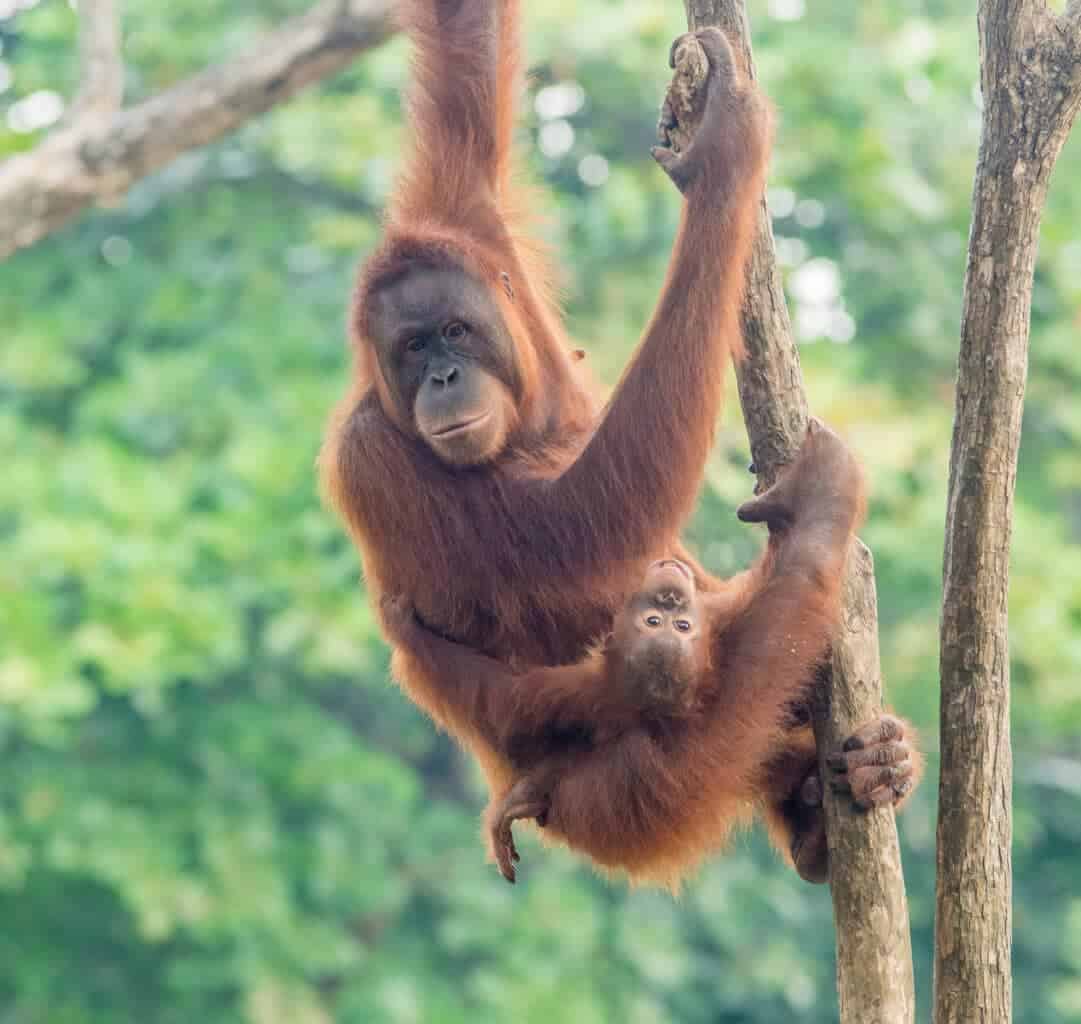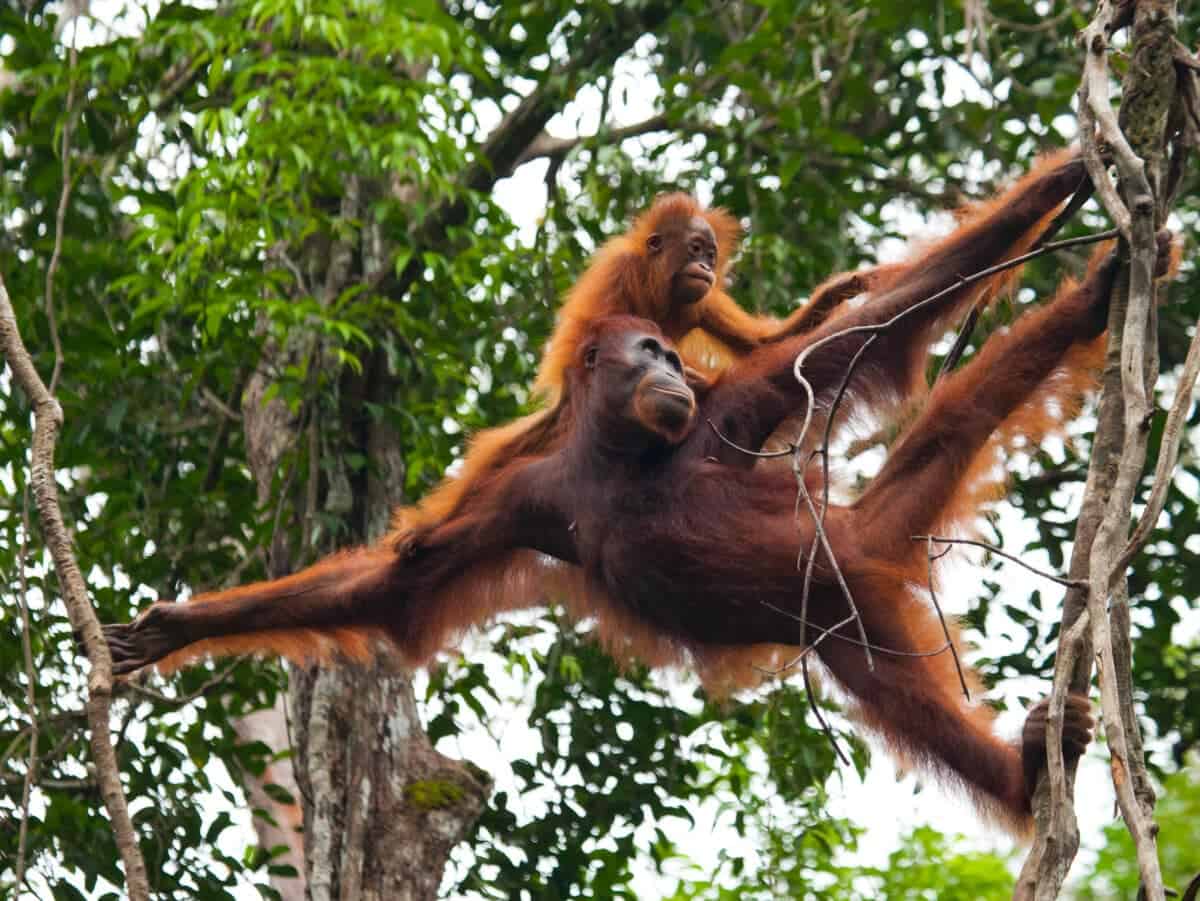
As we step into 2024, the fate of Sumatran orangutans, one of the most critically endangered species on Earth, hangs in the balance. These remarkable great apes face a myriad of threats, with habitat loss due to deforestation, rising temperatures, and changes in their dietary resources at the forefront. This article explores the current status of Sumatran orangutans, shedding light on the challenges that loom over their survival.
Habitat Loss and Deforestation: How Does it Affect Sumatran Orangutans?
The primary threat to Sumatran orangutans is the relentless pace of deforestation on the island of Sumatra. As human activities, including logging, palm oil plantations, and infrastructure development, continue to expand, the lush rainforests that once provided a haven for orangutans are disappearing at an alarming rate. This habitat loss not only robs them of their homes but also isolates populations, making it harder for them to find mates and maintain genetic diversity.
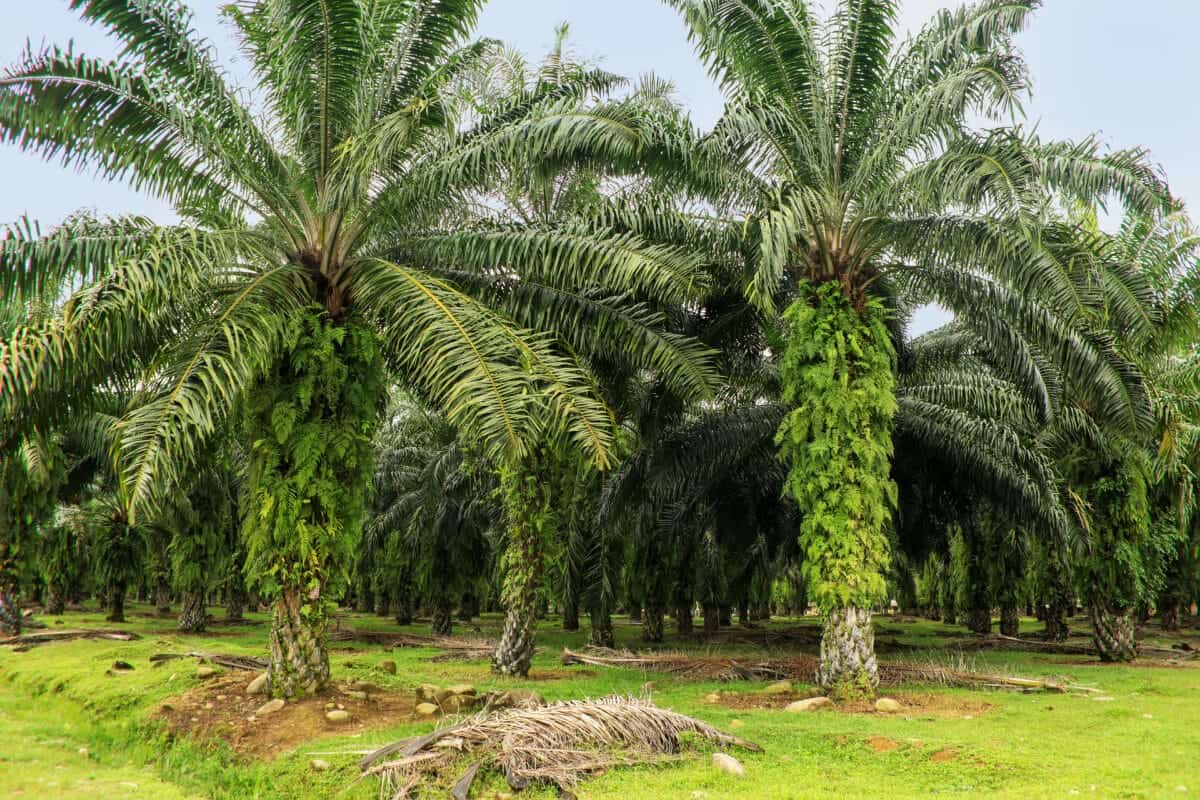
Sumatran orangutans are arboreal creatures, relying on the dense canopies of rainforests for shelter, movement, and sustenance. The destruction of these forests disrupts their natural behaviors, making them vulnerable to predation, malnutrition, and disease. Additionally, deforestation often leads to human-wildlife conflicts as orangutans venture into cultivated areas in search of food.
Rising Temperatures and Climate Change:
Global climate change is exacerbating the challenges faced by Sumatran orangutans. Rising temperatures and altered weather patterns contribute to the fragmentation of their habitats, disrupting the ecological balance upon which these great apes depend. Climate change-induced phenomena like extreme weather events and prolonged droughts can further stress orangutan populations, making it difficult for them to find food and maintain their health.
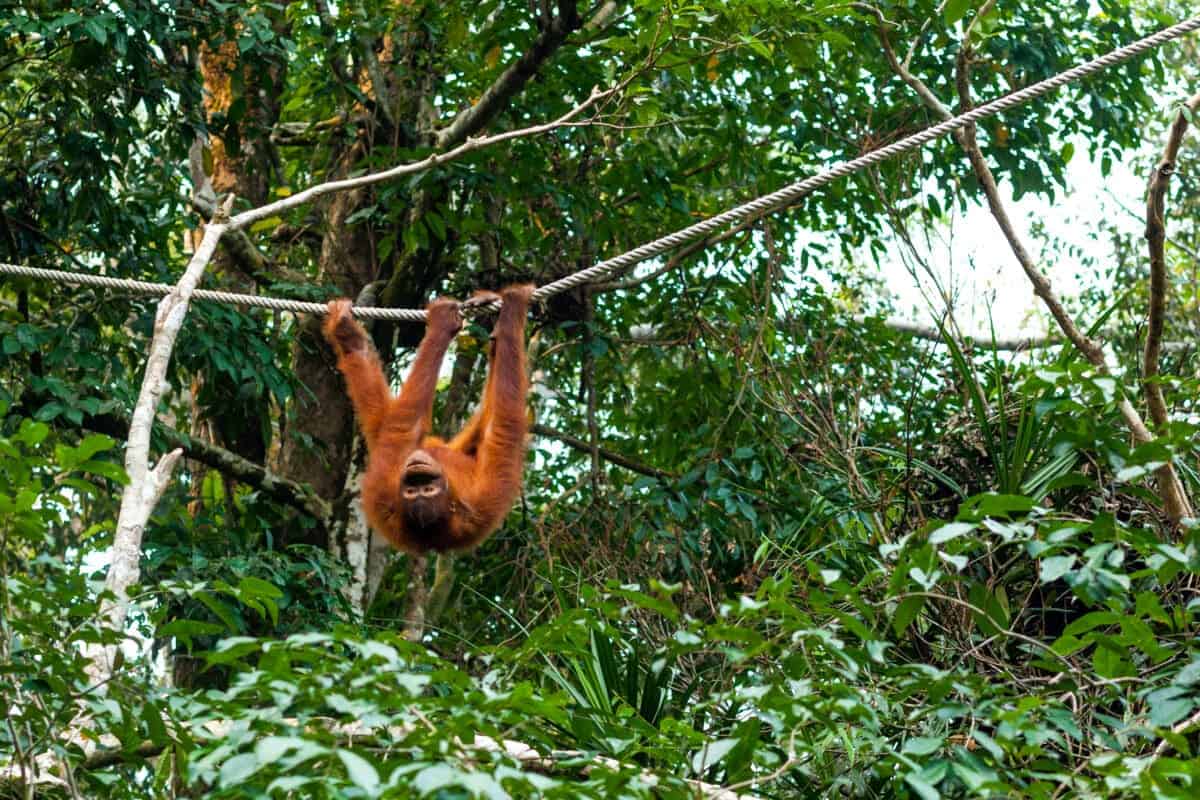
As rainforests are cleared, the microclimates essential for orangutans are also disrupted. These primates are highly adapted to the specific conditions of their natural environment, and any deviation can impact their well-being and reproductive success. The combination of deforestation and climate change poses a double threat, increasing the risk of extinction for this critically endangered species.
Dietary Challenges:
Sumatran orangutans are frugivores, primarily consuming fruits along with leaves, bark, and insects. However, the destruction of their habitat has led to a reduction in the availability of natural food sources. Orangutans are forced to adapt their diets and resort to feeding on crops and plants found in disturbed areas, bringing them into closer contact with human settlements and agricultural activities.
The scarcity of natural foods and the increased reliance on human-altered landscapes contribute to malnutrition and can result in conflicts with local communities. As orangutans encroach on agricultural lands, they may be perceived as pests, leading to retaliatory measures that further threaten their survival.
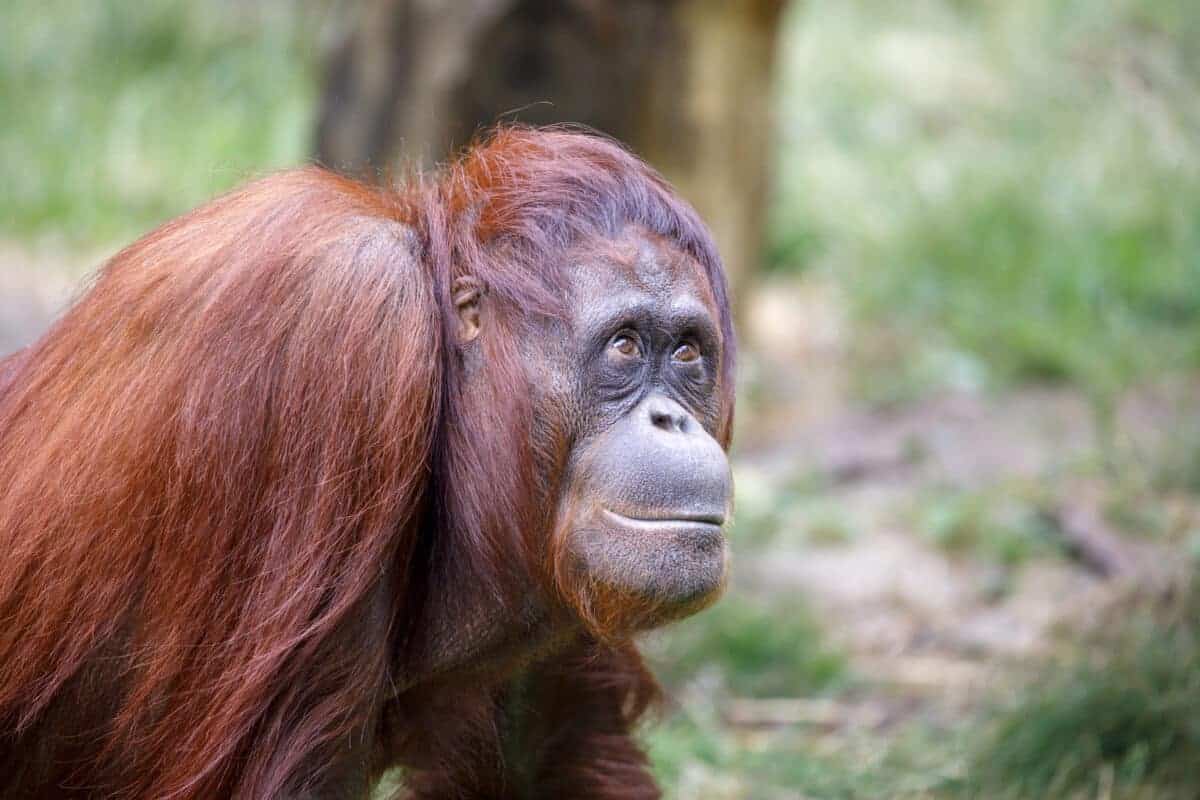
Current Habitat of Sumatran Orangutans:
Sumatran orangutans are endemic to the island of Sumatra in Indonesia. They inhabit a range of ecosystems, from lowland tropical rainforests to montane forests. These great apes are particularly adapted to life in trees, spending the majority of their time in the canopy.
As we venture into 2024, Sumatran orangutans face an uncertain future. The dual challenges of deforestation and climate change are pushing these great apes to the brink of extinction. Urgent and sustained conservation efforts, including habitat protection, sustainable land-use practices, and community engagement, are crucial to ensuring the survival of Sumatran orangutans. By addressing the root causes of their decline, we can strive to secure a future where these intelligent and charismatic primates continue to thrive in the rich rainforests of Sumatra.
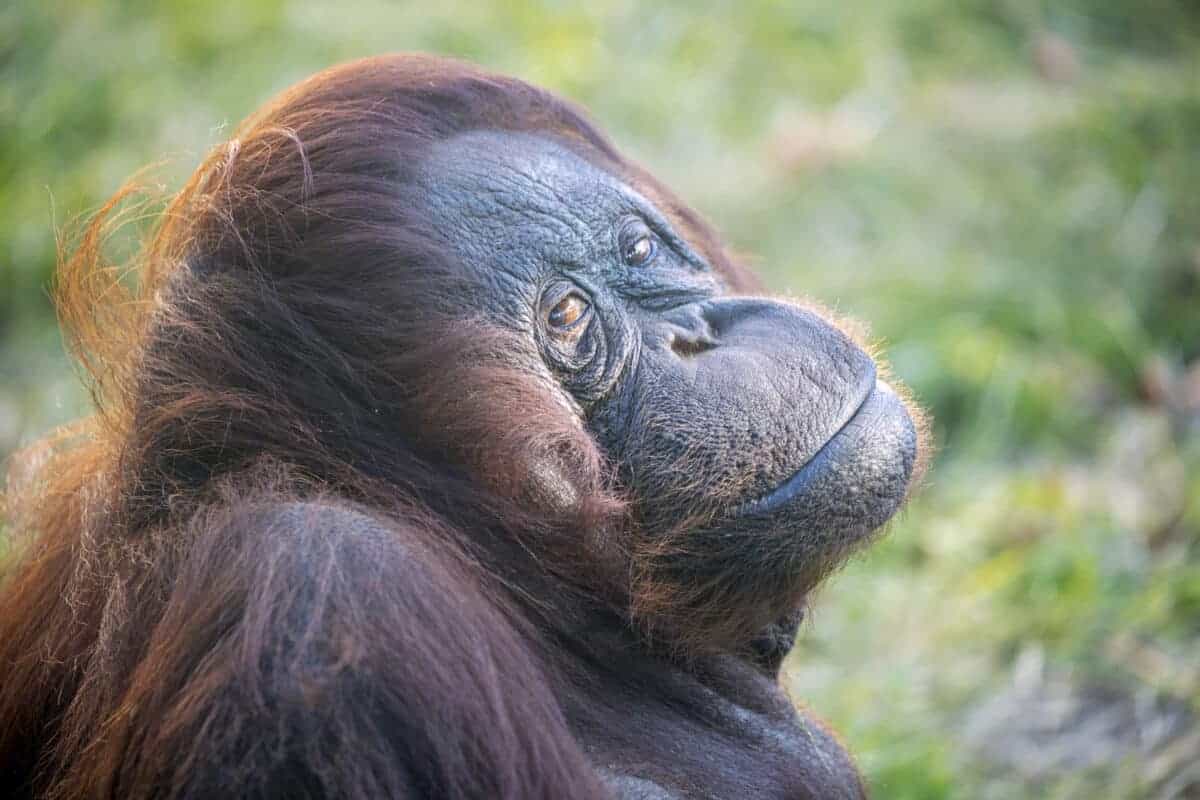
Join our Forum for free today!

- Second American Killed by Elephant in Zambia This Year - July 22, 2024
- Elderly Man Kills Grizzly Bear in Montana - July 22, 2024
- Missing Cat Found Weeks Later, 40 Miles Away - July 21, 2024

